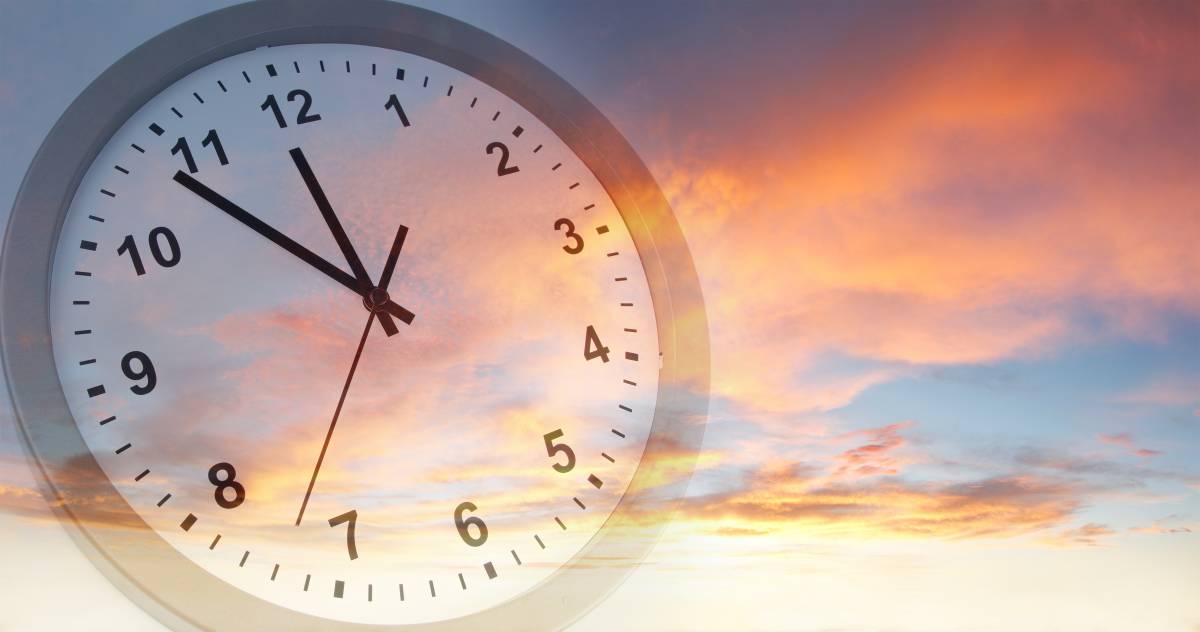Patients with Covid-19 had problems lying in prone positions for long enough to improve outcomes
New ways of encouraging certain patients to lie face down in prone positions for longer periods are urgently needed, according to researchers who led a study involving patients with Covid-19 in intensive care settings.
The results of a trial, which had to be aborted, appear in today’s edition of The BMJ (24 March). The trial, titled COVID-PRONE was conducted by a team based in Canada and the USA and led by Michael Fralick, from the division of general internal medicine, Sinai Health in Toronto.
After it became clear that patients would not make sufficient improvements, researchers stopped the trail. They argue that innovative approaches are needed to enable patients to adopt prone positions for more than a few hours each day.

More than 200 patients took part in study
Prone positioning has been deemed to be standard care for patients with severe acute respiratory distress syndrome since the 1970s. When successful, patients can take bigger breaths because a larger part of their lungs has been able to expand.
The approach has been widely adopted with critically ill patients who have been sedated and intubated. But from February 2020 onwards, many hospitals used it with awake patients who had Covid-19 after positive reports about its efficacy emerged. Several studies have examined its effectiveness in awake patients with Covid-19 since then, with conflicting results.
Dr Fralick and his colleagues wanted to resolve this uncertainty, and their findings are based on 248 awake patients with Covid-19 who admitted to 15 hospitals in Canada and the US from May 2020-May 2021. These patients were not critically ill but needed supplemental oxygen. Their average age was 56 and about one third (36 per cent) were female.
One group encouraged to sleep in prone position for up to seven days
Patients were randomly assigned to either prone positioning or standard care (no instruction to adopt prone position). Patients in the prone group were advised to adopt a prone position for up to two hours four times a day and encouraged to sleep in a prone position at night for up to seven days, with repeated efforts by staff to try to improve their adherence.
The results show that the average time spent prone in the first 72 hours was around 2.5 hours a day in the prone group compared with zero hours a day among their counterparts in the control group. Discomfort was the main reason reported by patients for their low adherence to prone positioning.
After taking other potentially influential factors into account, risk of death, mechanical ventilation, or worsening respiratory failure was similar between the prone group (18 events) and the standard care group (17 events).
The difference in the ratio of oxygen saturation to fraction of inspired oxygen (an indication of how well the lungs transfer oxygen to the blood) after 72 hours was also similar between the two groups.
The poor adherence to prone positioning that we observed highlights that it is generally not well tolerated and innovative approaches are needed to improve adherence [Michael Fralick et al.]
Limitations acknowledged
Dr Fralick and his colleagues acknowledge that the study had some limitations, such as the patients’ poor adherence to time spent prone. ‘The poor adherence to prone positioning that we observed highlights that it is generally not well tolerated and innovative approaches are needed to improve adherence,’ they note.
While they were unable to rule out benefit or harm definitively, the researchers say their results confirm that ‘simply instructing patients to lie prone and providing them with reminders is insufficient for most patients to spend a prolonged period in the prone position’.
Future studies are needed to determine whether a greater amount of time spent in the prone position is associated with clinical benefit, they conclude.
Implications discussed by UK-based team
The COVID-PRONE trial, together with previous ones, shows that both duration and timing of awake prone positioning are important determinants of its efficacy in patients with Covid-19’, say UK researchers in a linked editorial.
‘Future studies must focus on finding optimal means of maintaining awake prone positioning in the care of severe, likely late stage Covid-19’, they add. Patient and public involvement ‘will be crucial to ensure that appropriate attention is paid to comfort and acceptability in the design and evaluation of complex interventions to enable awake prone positioning.
To read the full version of the research article, titled Prone positioning of patients with moderate hypoxaemia due to covid-19: multicentre pragmatic randomised trial (COVID-PRONE), visit: https://www.bmj.com/content/376/bmj-2021-068585
To read the linked editorial, written by Joseph Barker, NIHR academic clinical fellow in cardiology at the University of Leicester and colleagues, visit: https://www.bmj.com/content/bmj/376/bmj.o632.full.pdf The editorial is titled Awake prone positioning for patients with covid-19. It’s a matter of time.
Author: Ian A McMillanShare it with














